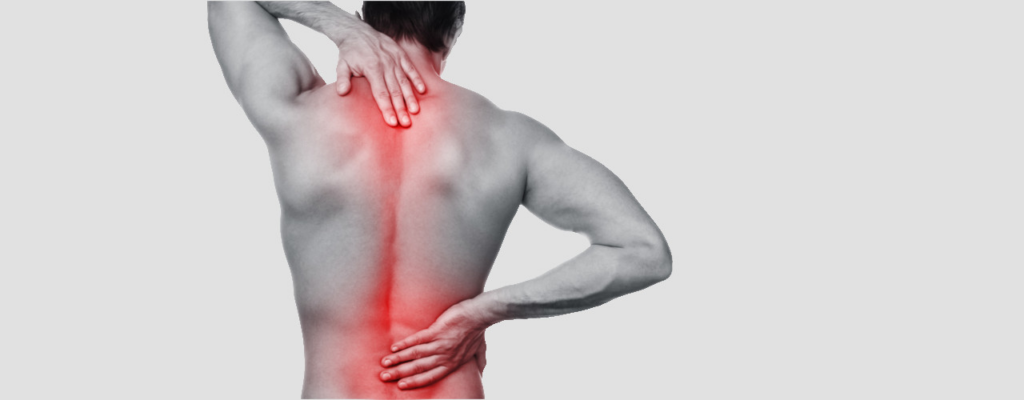New Study Guidelines for Low Back Pain

According to American Family Physician (2018), chronic low back pain affects up to 23% of the population worldwide, with an estimated 24% to 80% of patients having recurrent pain in a year. There are various symptoms with back pain such as it can be constant or intermittent, it can be sharp or dull/aching. Mechanical low back pain is usually nonspecific or accompanied with mechanical obstruction. It refers to back pain that arises intrinsically from the spine, intervertebral discs, or surrounding soft tissues. This includes lumbosacral muscle strain, disc herniation, lumbar spondylosis, spondylolisthesis, spondylolysis, vertebral compression fractures, and acute or chronic traumatic injury. Repetitive trauma, poor posture and overuse are common causes of chronic mechanical low back pain, which is often secondary to workplace injury.
Diagnostic Imaging
American Family Practice (2018) guidelines recommend to avoid diagnostic imaging study within 6 weeks of acute low back pain unless there is an evidence for red flags which include cauda equina syndrome, malignancy, fracture, or infection. This study recommends early intervention of McKenzie method techniques to reduce the risk of recurrence of back pain.
Pharmacological Intervention
American Family Physician (2018) reported NSAIDs (Ibuprofen, Naproxen, Disclofenac, Celecoxib, and high dose Aspirin, etc.) are effective for short-term relief but no difference between opioids and muscle relaxants, in those with chronic pain.
Physical Therapy
According to a recent study from American Family Physician (2018), physical therapy plays an integral role in the diagnosis and treatment of low back pain. Manipulation and mobilization are no more effective than inert interventions for acute low back pain; however, some of the other studies showed effectiveness. Interestingly, this study introduces there is no long-term advantages of spinal stabilization exercises over other exercises. This study emphasizes that early physical therapy intervention substantially reduces healthcare cost.
McKenzie Method
This recent study of American Family Physician article introduces the principle of McKenzie method of Mechanical Diagnosis and Therapy (MDT) extensively as well as for a long-term benefit to prevent recurrence of low back pain. MDT has two key components for derangement syndrome (mechanical obstruction of an affected joint): Centralization phenomenon and directional preference. MDT also addresses different kind of mechanical pain and issues. It also applies to almost every joint in the body.
Apex Physical Therapy, LLC has been using MDT techniques extensively to the patients who are candidates for it. We have seen superb results for most cases. Through a thorough evaluation, the therapist will guide patients to perform the right exercise for each patient. With lack of understanding for back pain for each patient can lead to a negative result. So, it is very important for a therapist to be competent in terms of treating patient with use of MDT.
In case reports, physical therapists with training have been clinically proven to demonstrate good pain and function outcomes for patients with low back pain. Training in the McKenzie method consists of two levels of certification and multiple components. Information on education, credentialing, and locating trained clinicians, go to http://mckenzieinstituteusa.org
Sean Lee, PT, DPT, Cert. MDT
Reference
Joshua Scott Will, DO, David Bury, DO, and John Miller, DPT, Martin Army Community Hospital, Fort Benning, Georgia. Am Fam Physician (2018), 98(7), 421-428.
